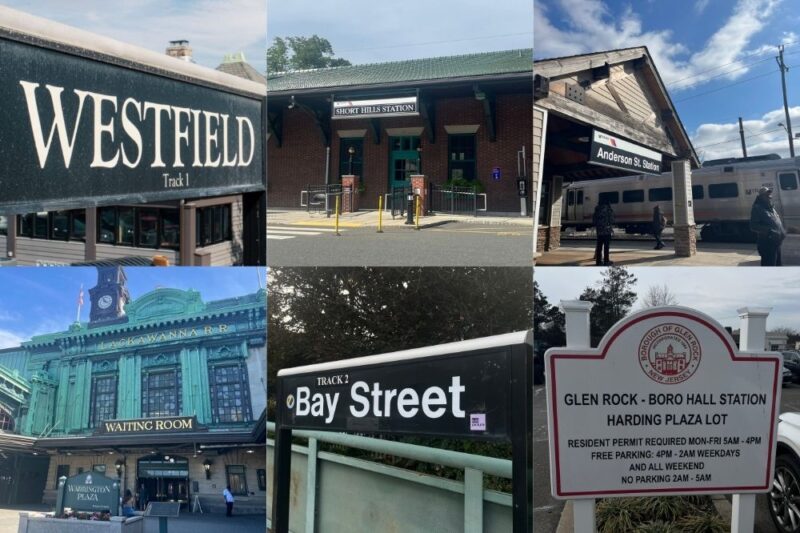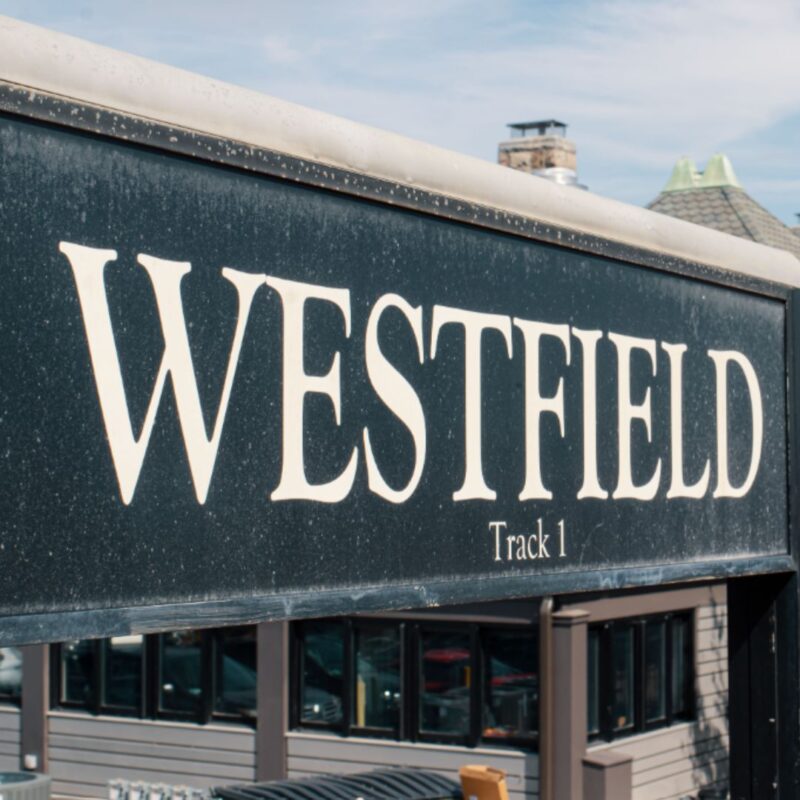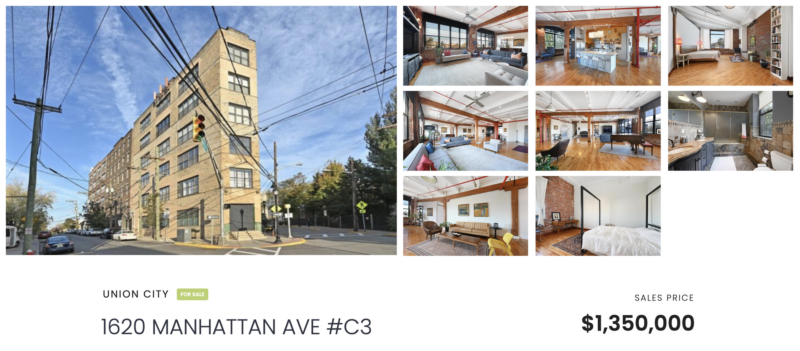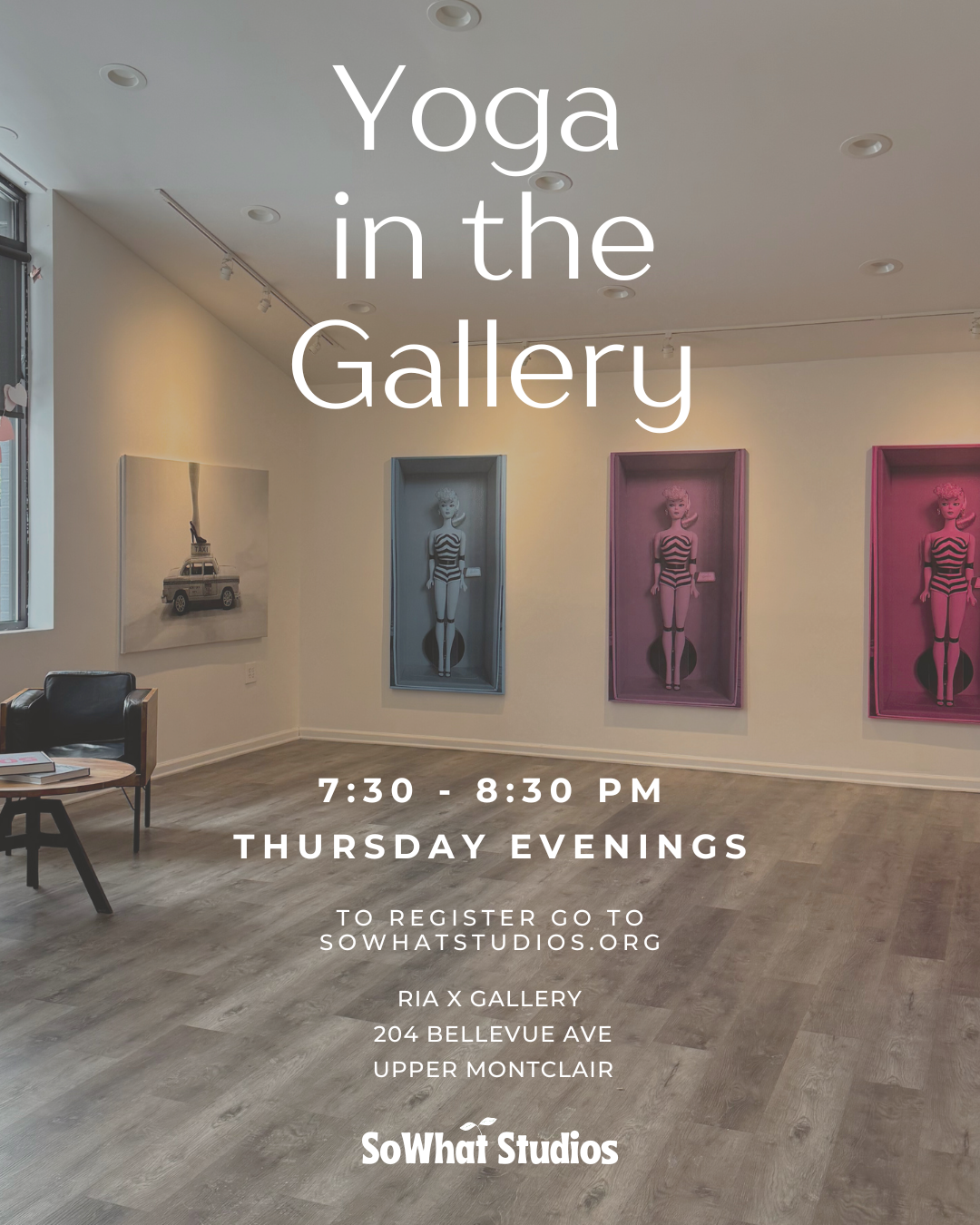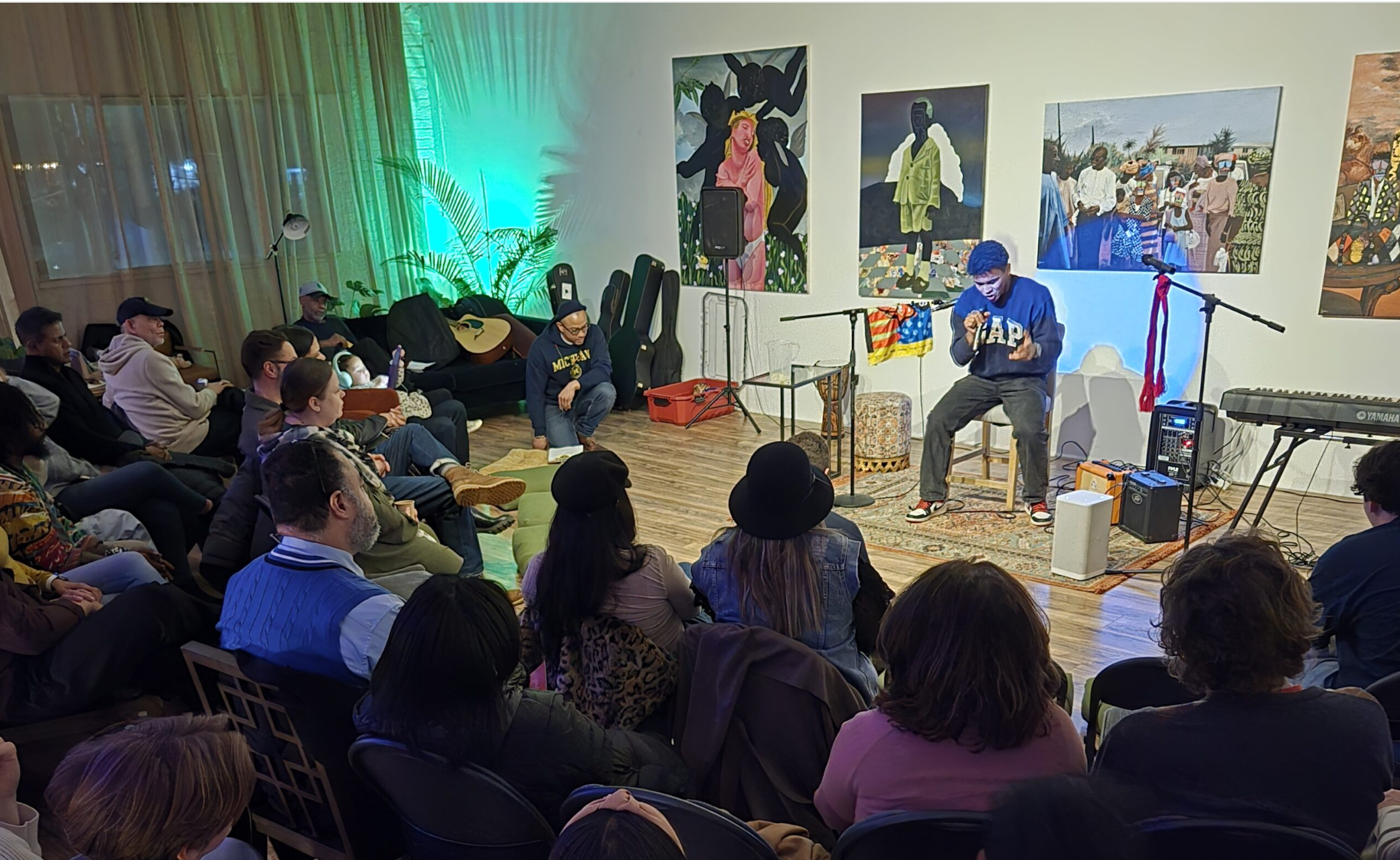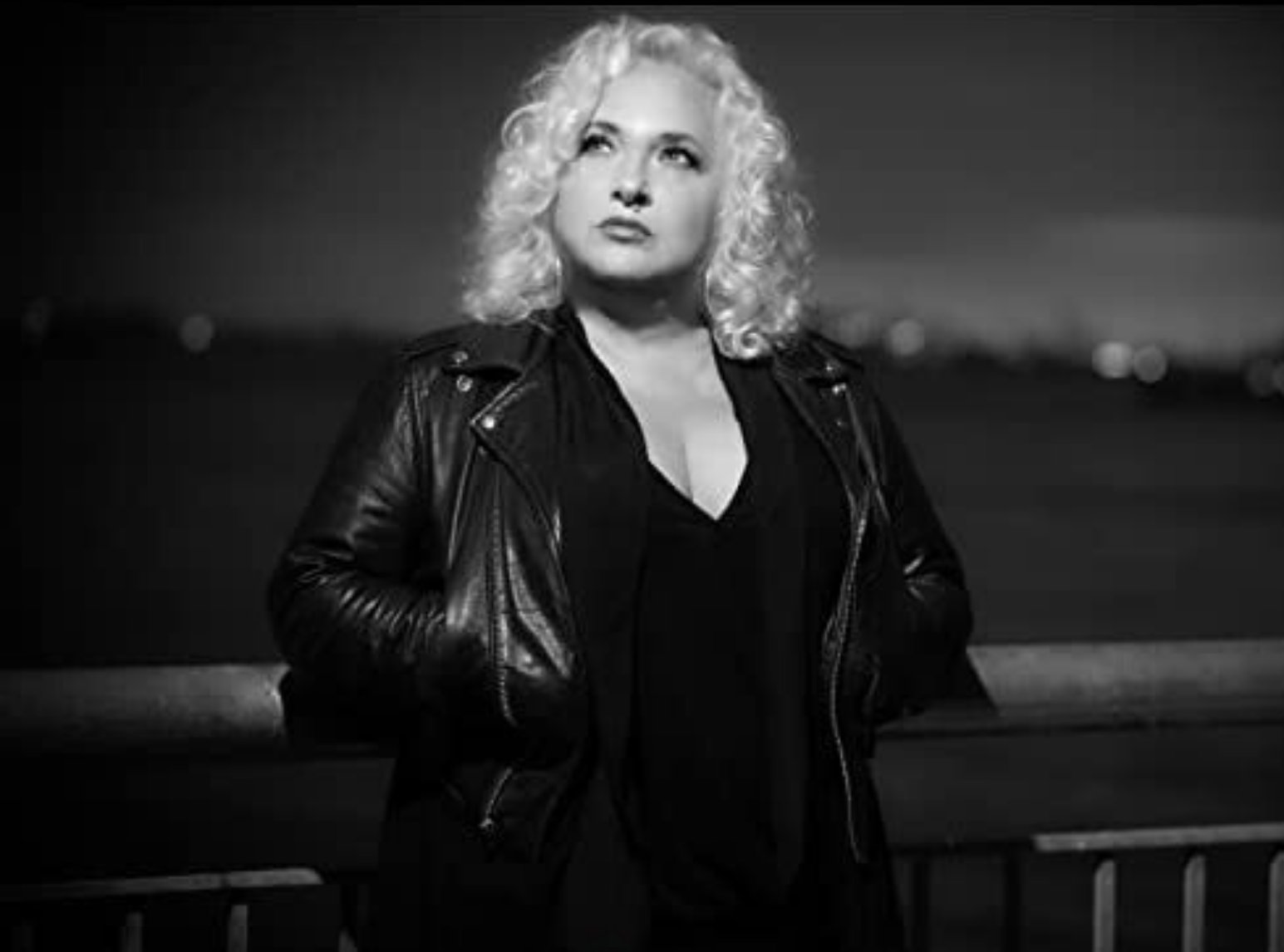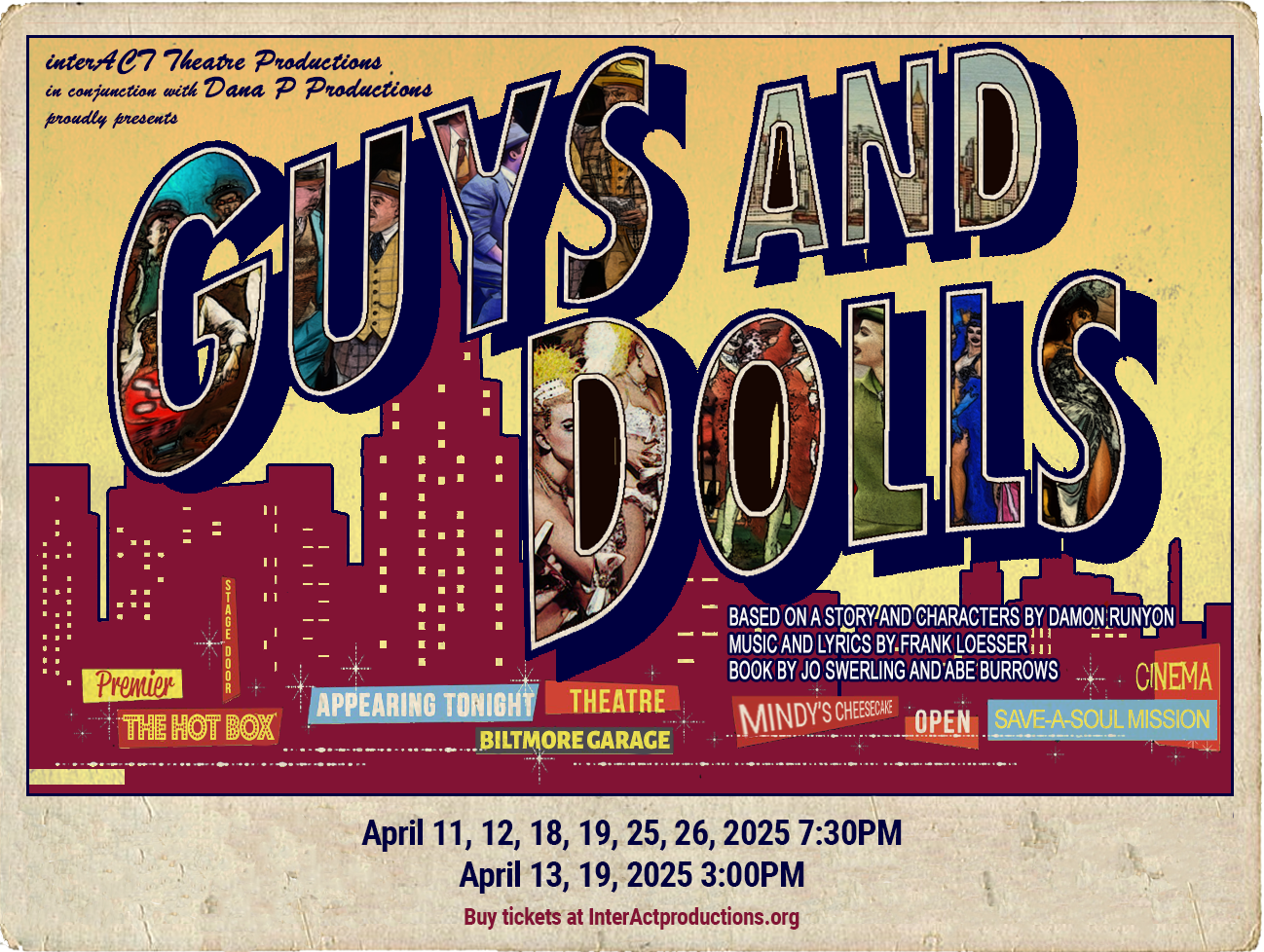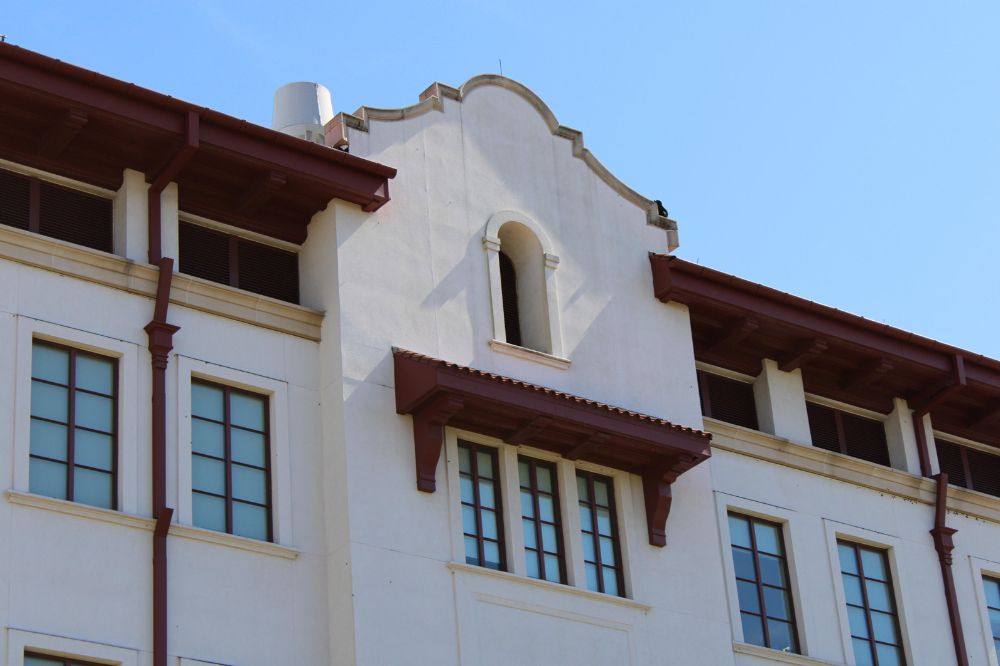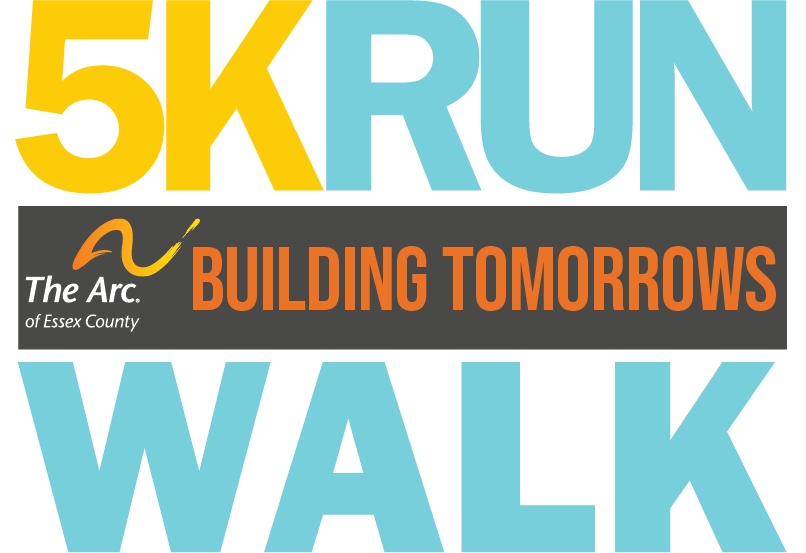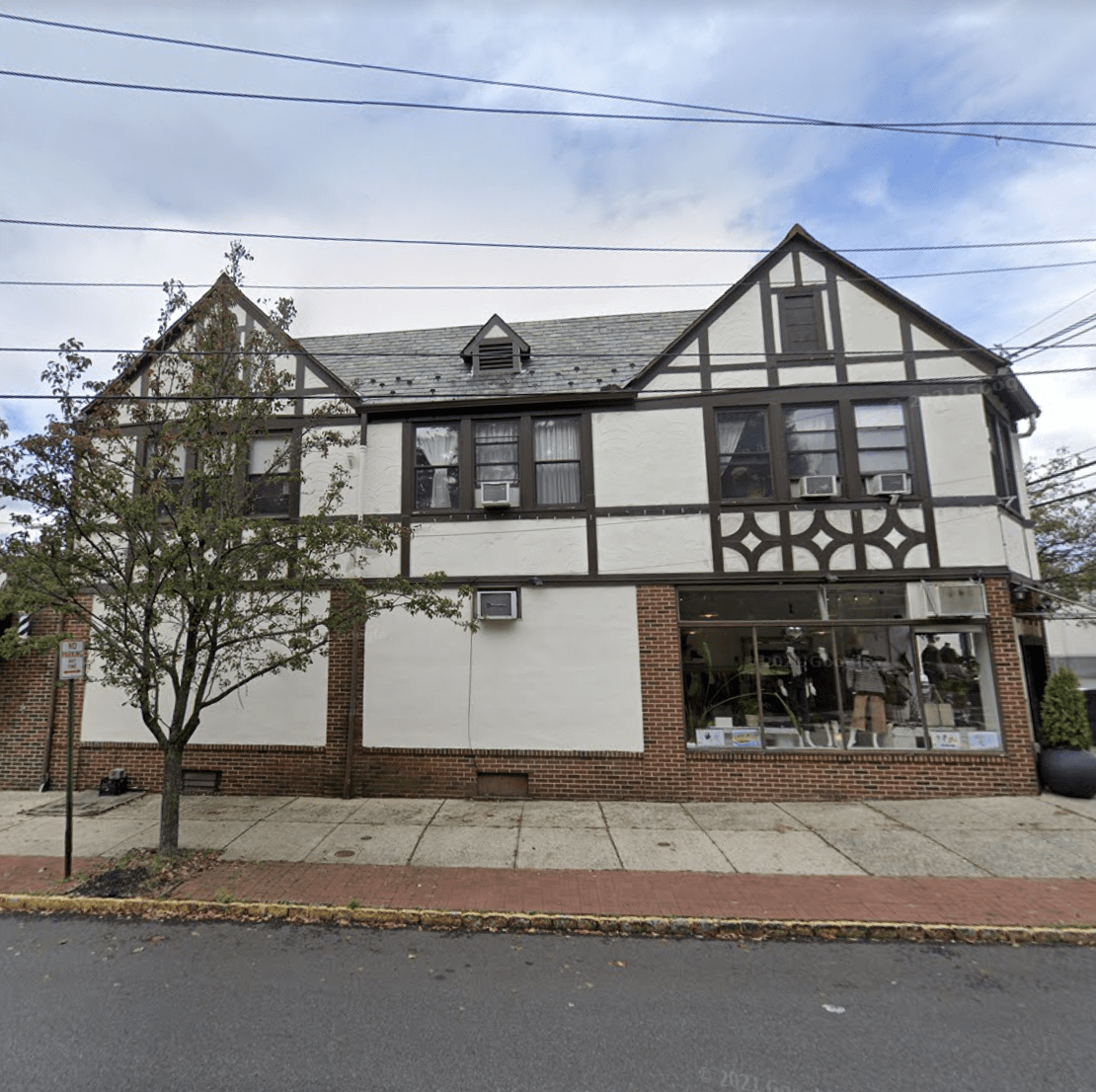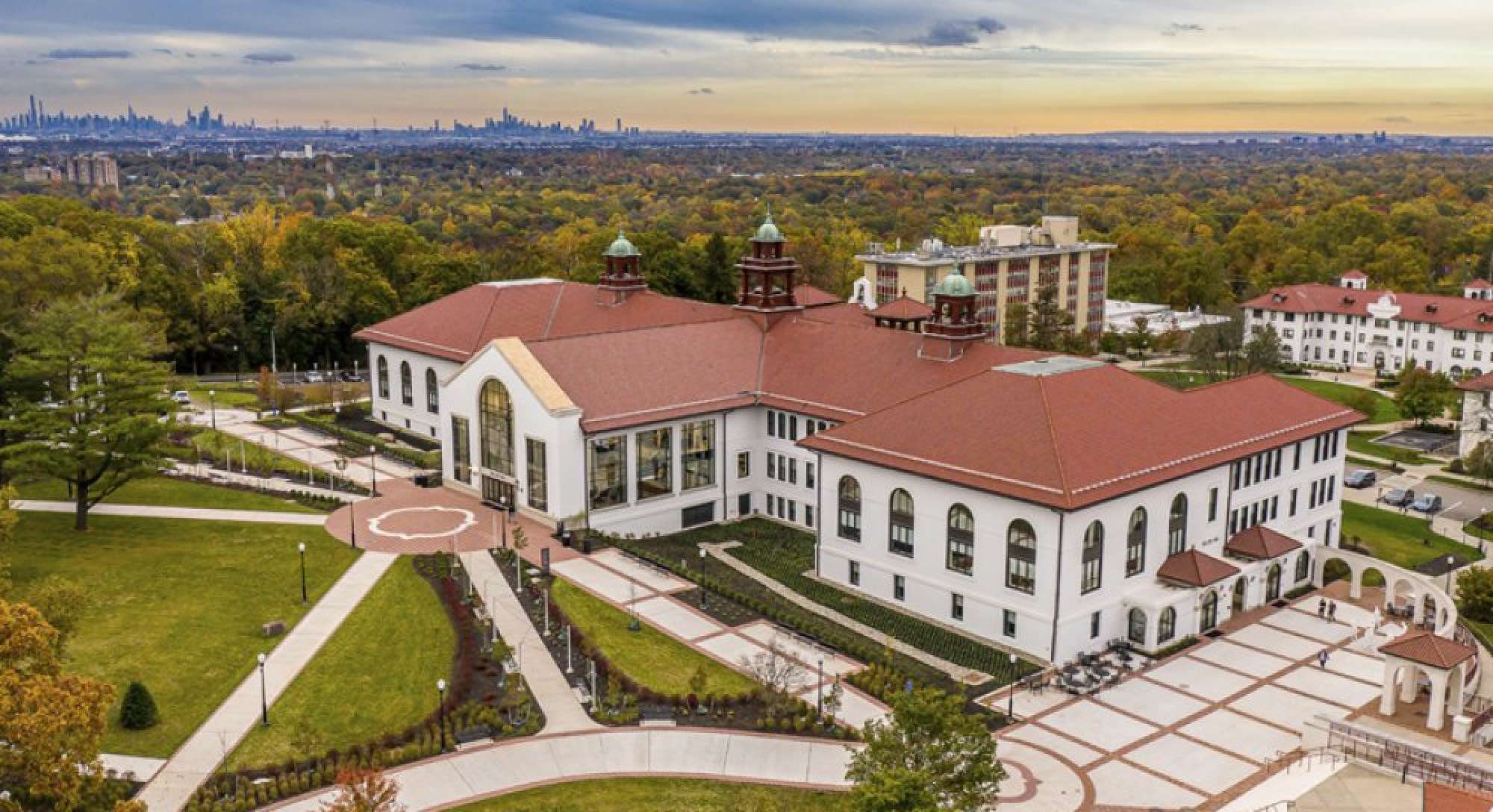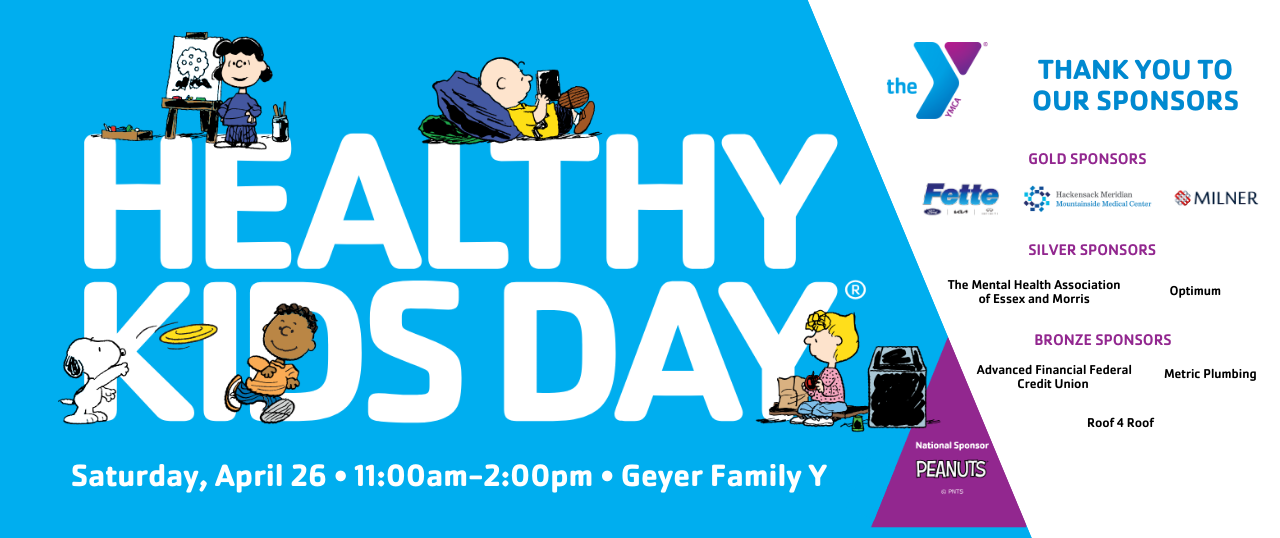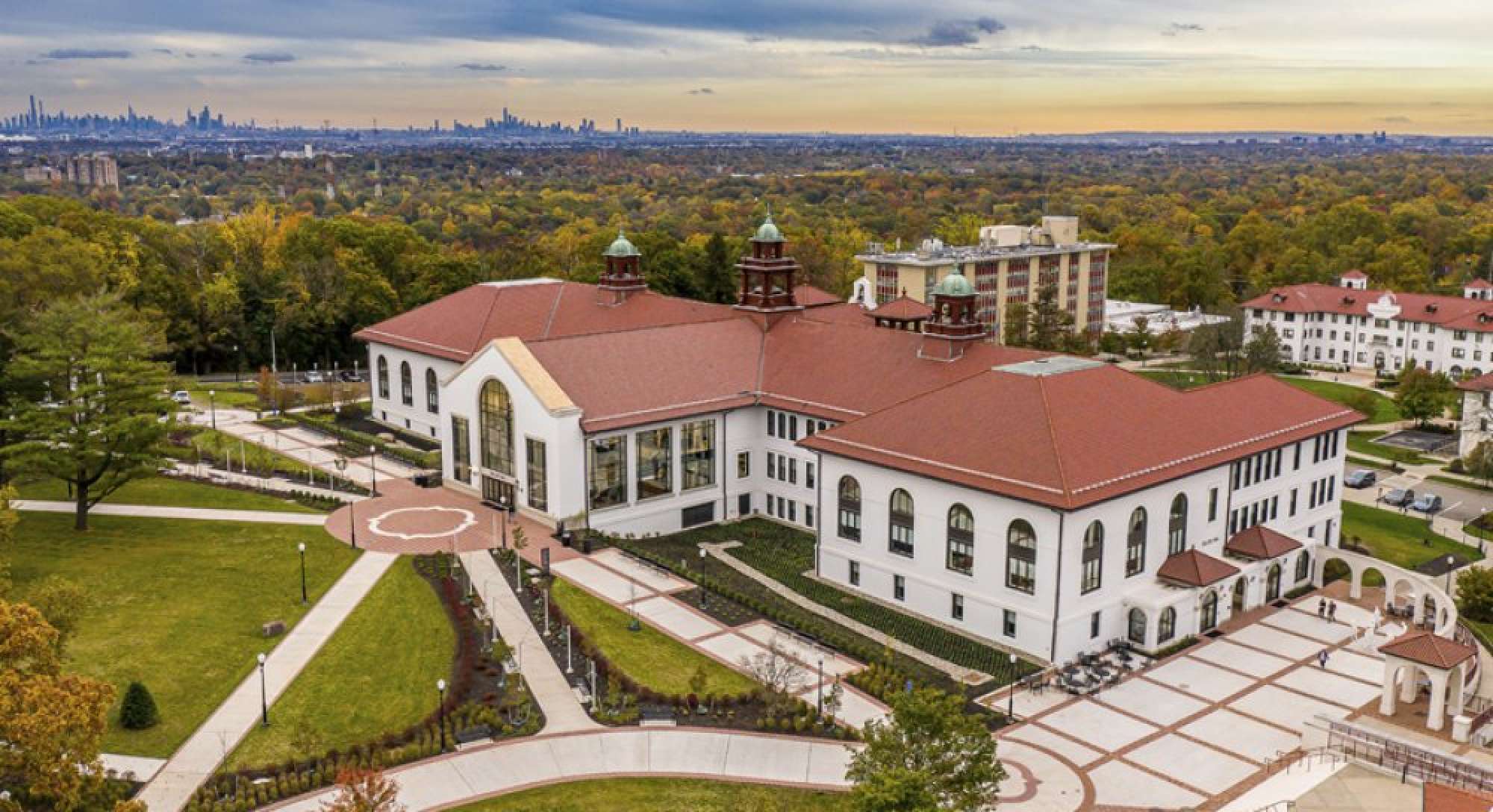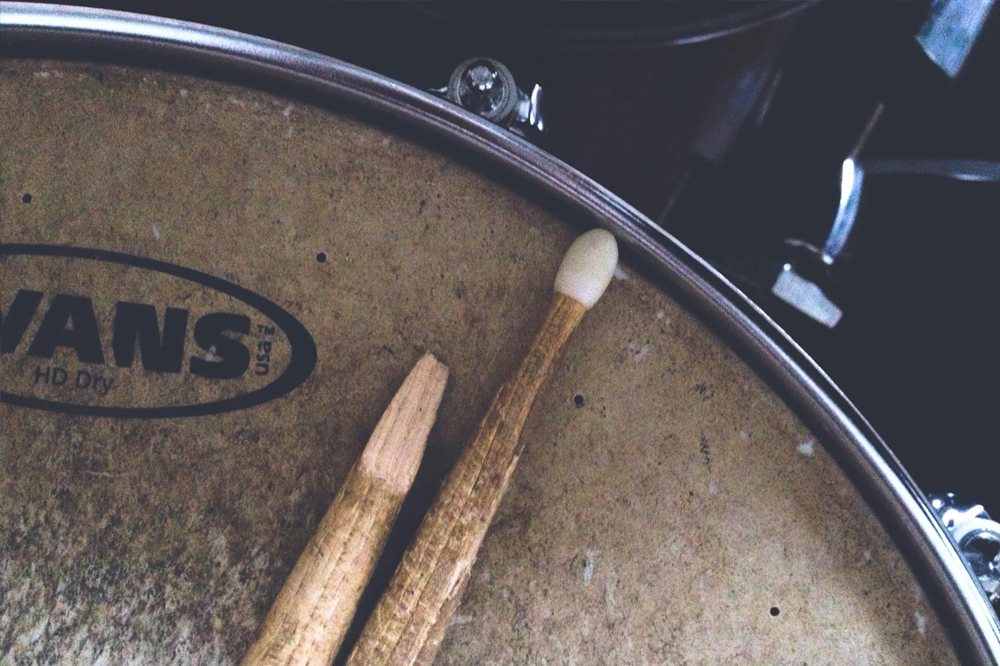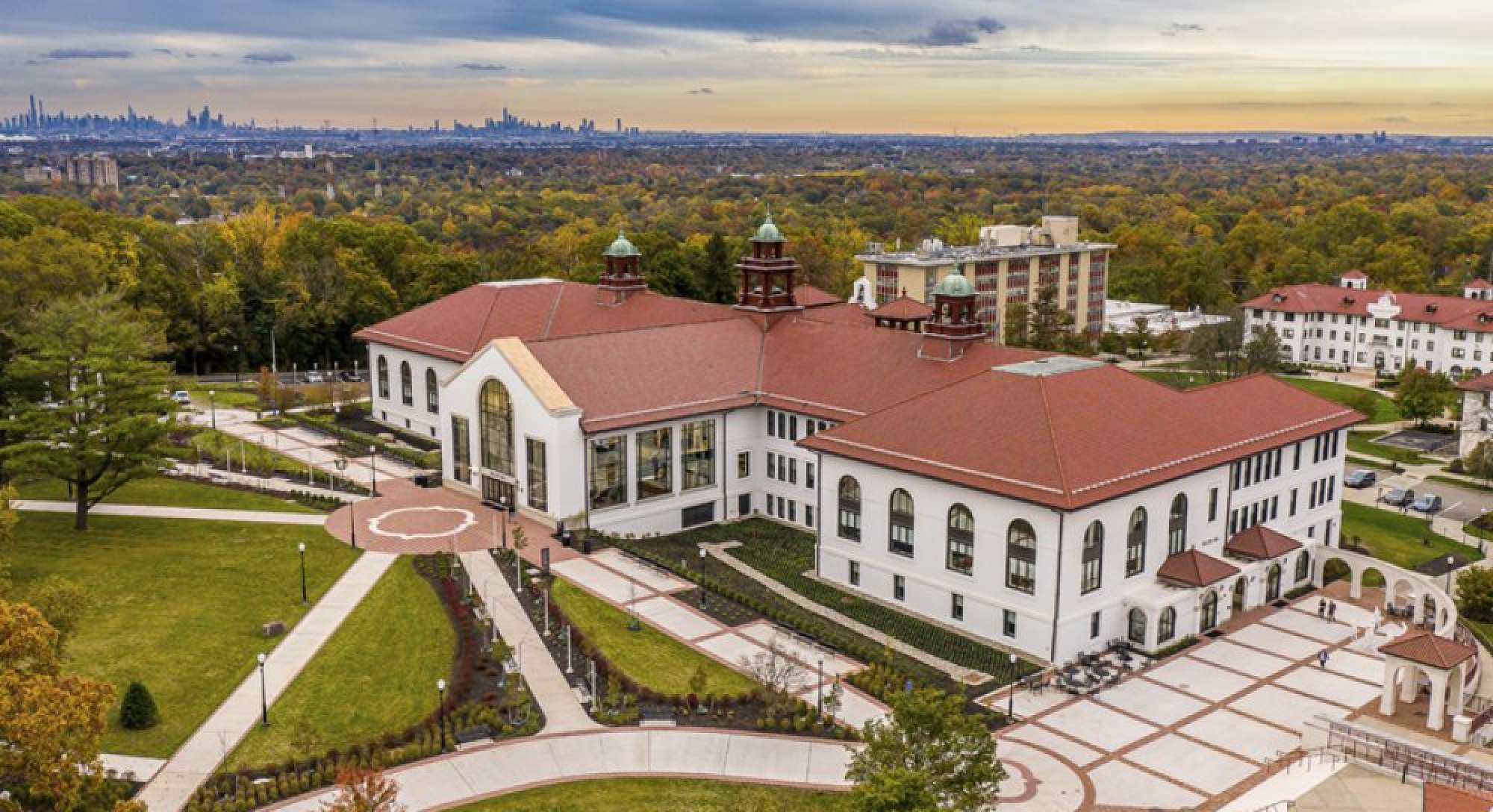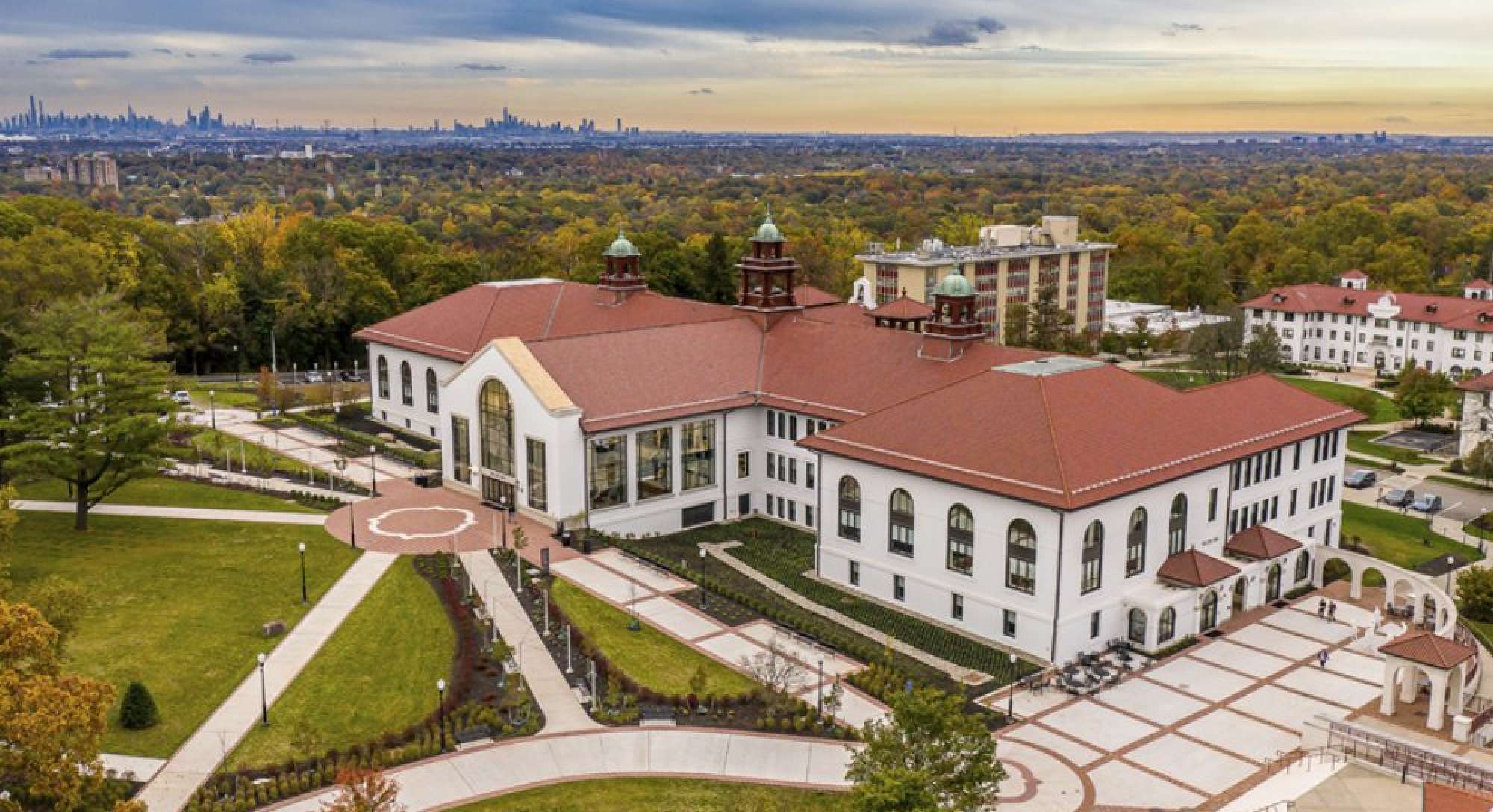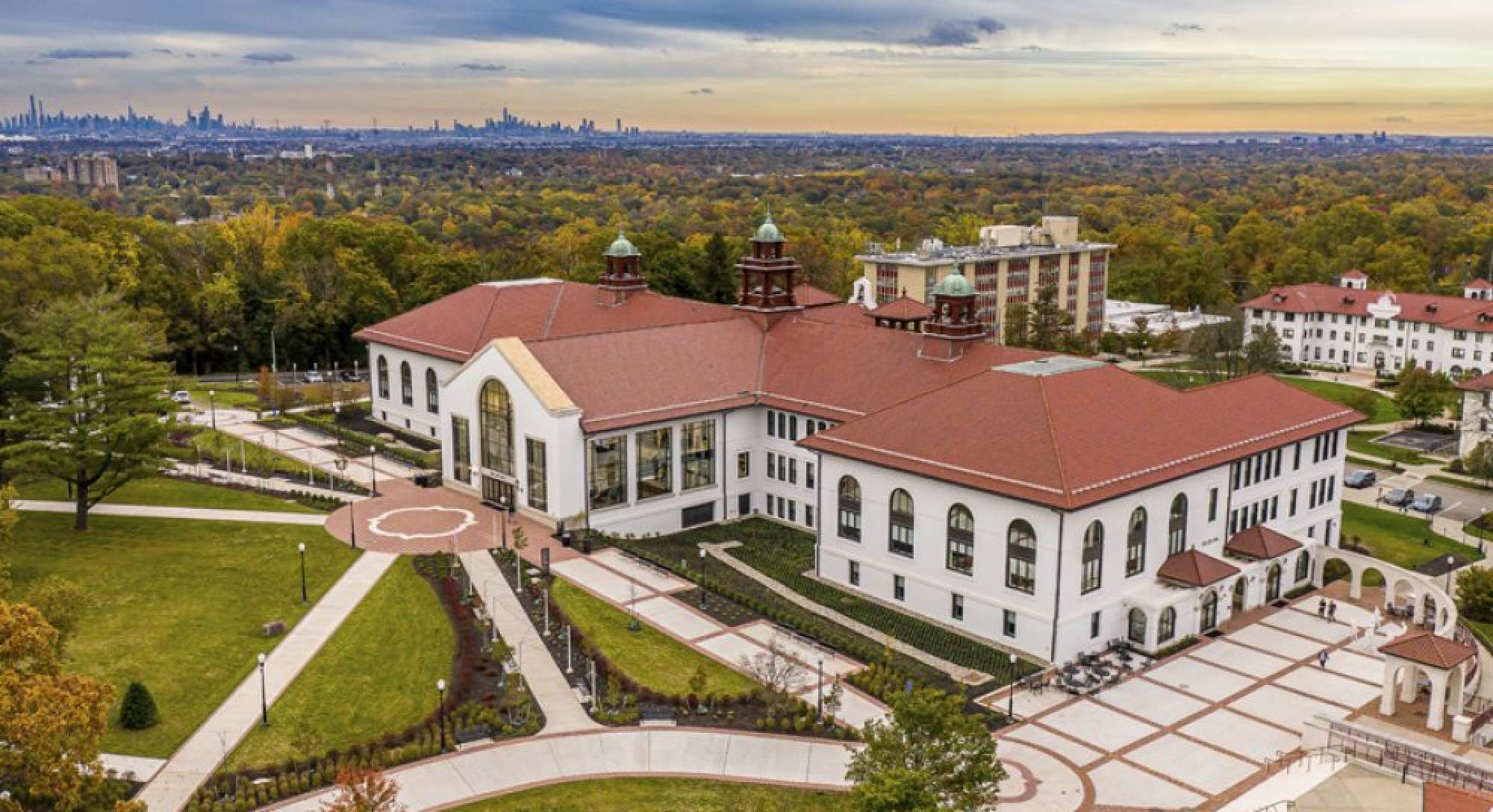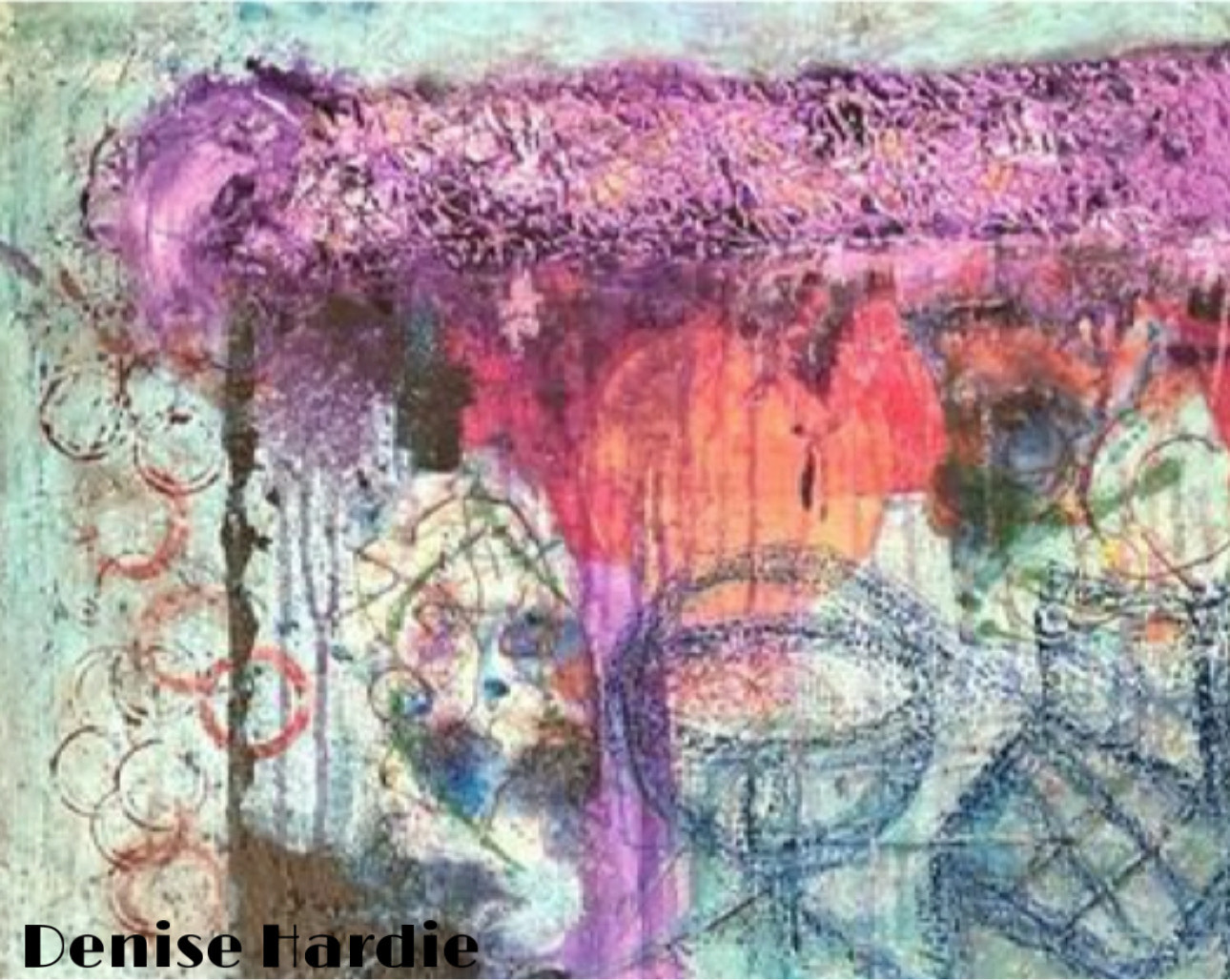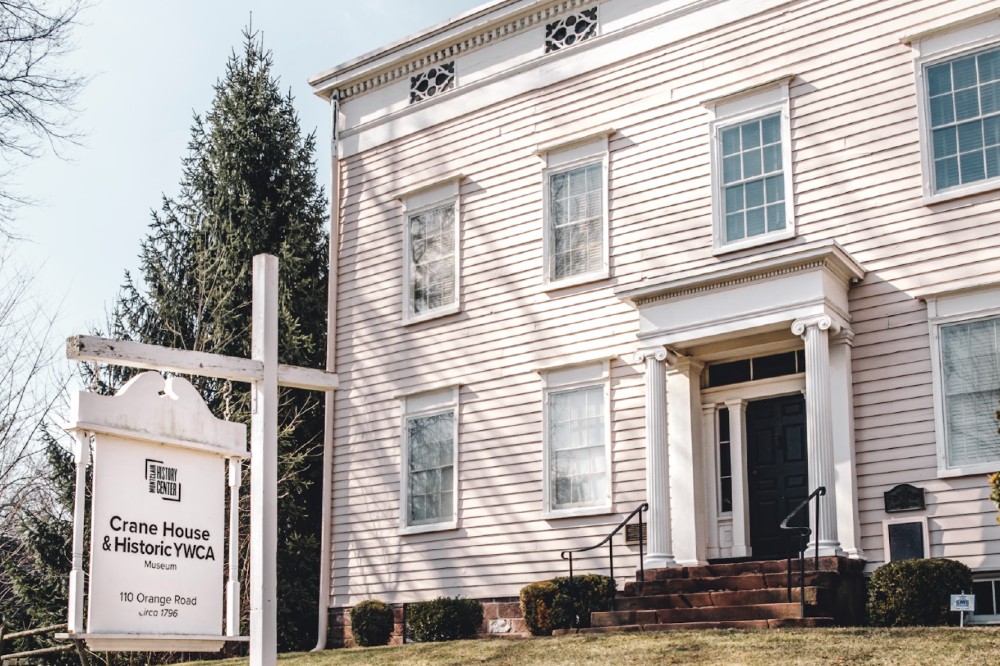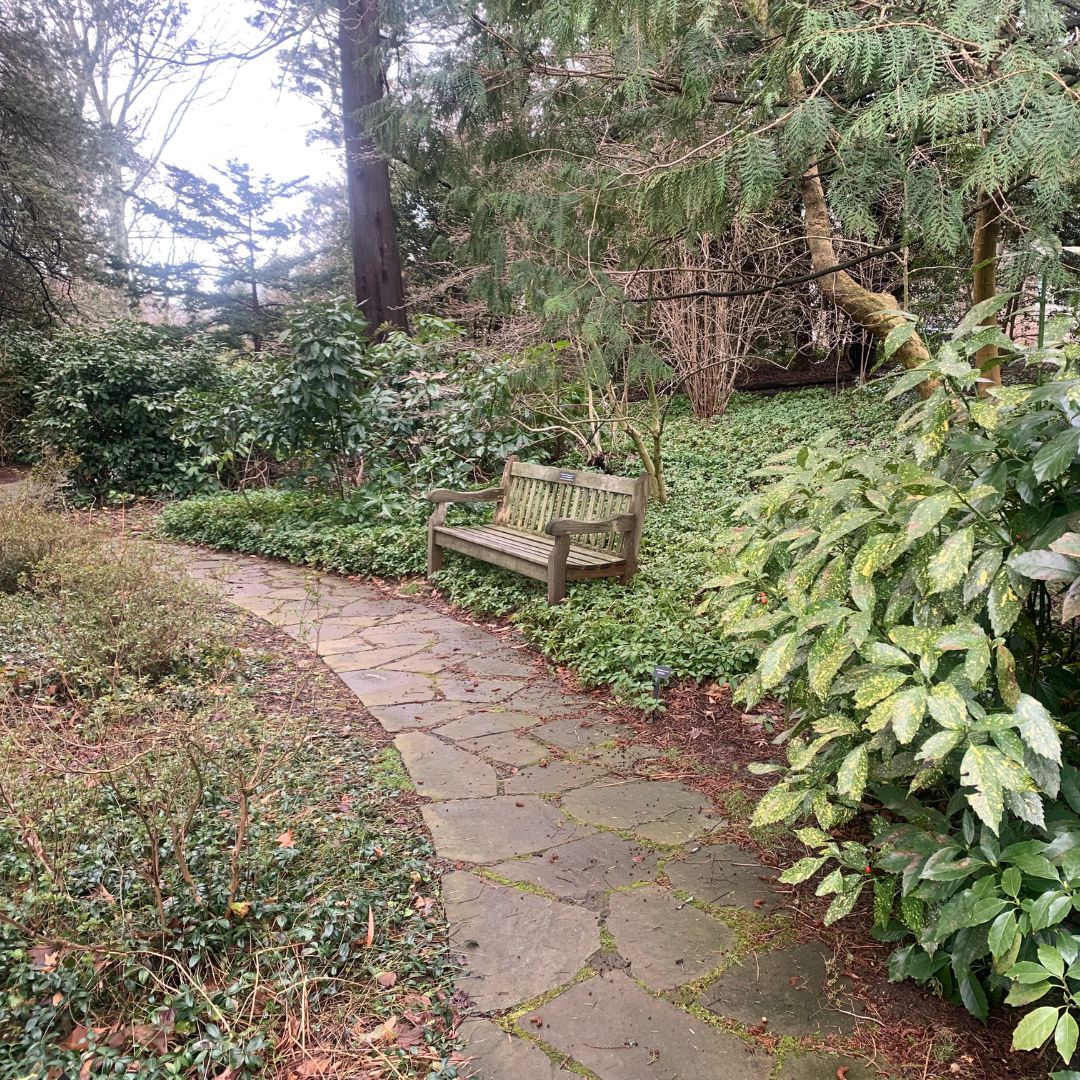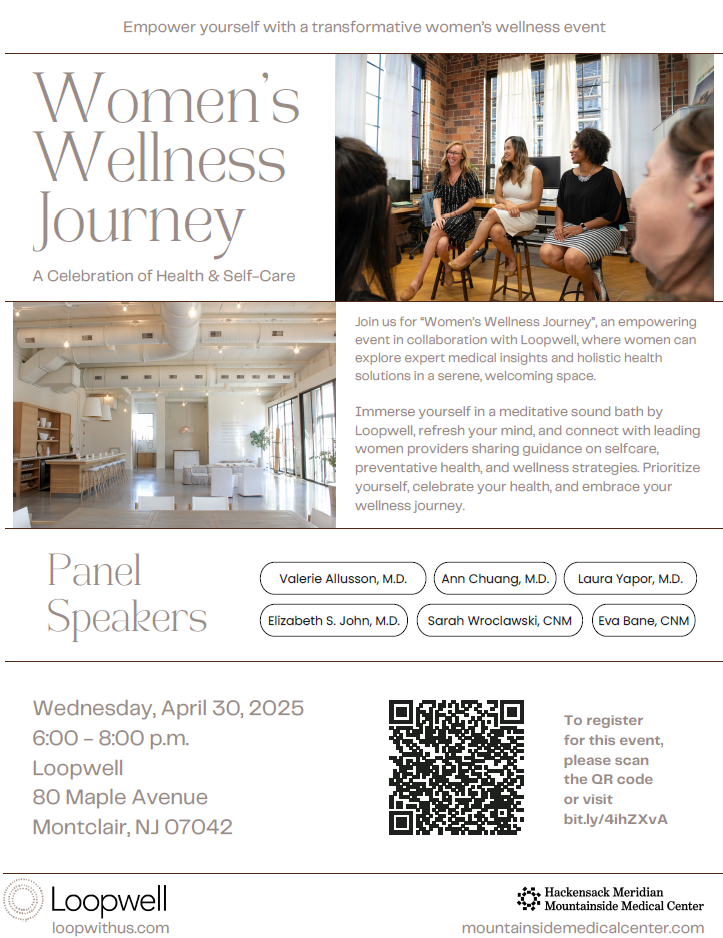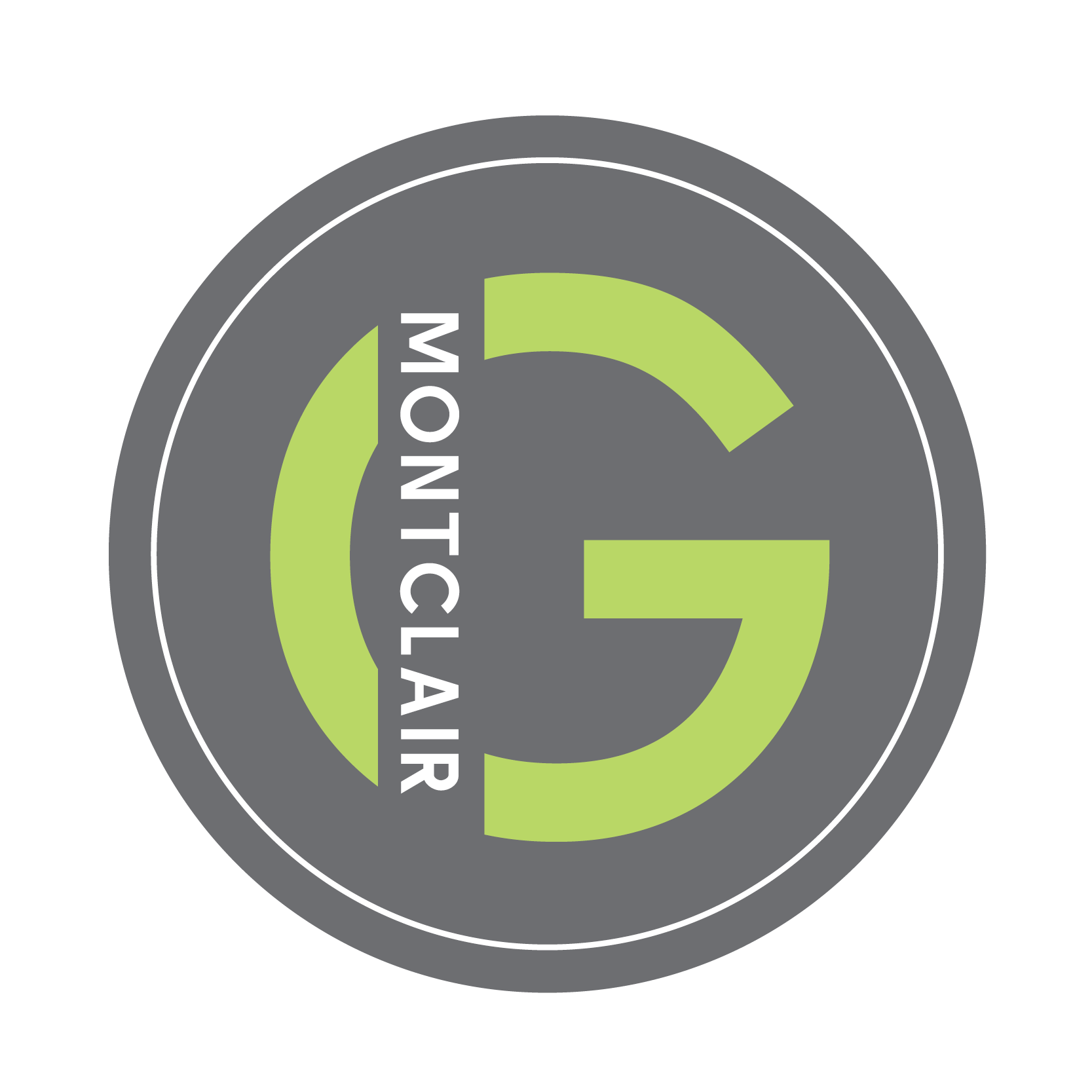NJ TRANSIT serves the most densely populated state in the nation and is responsible for moving hundreds of thousands of people a day. When it comes to access, that is what public transit is for — connecting and carrying. For passengers with disabilities looking to ride trains, moving alongside a plethora of people can be a challenge when not all stations are equipped to serve them. Here at The Montclair Girl, we researched and compiled a list of which North Jersey stations in Bergen, Essex, Hudson, Morris, Passaic, Union, and Warren counties are ADA-accessible. Read on for a guide to NJ TRANSIT’s ADA-accessible stations in Northern New Jersey.
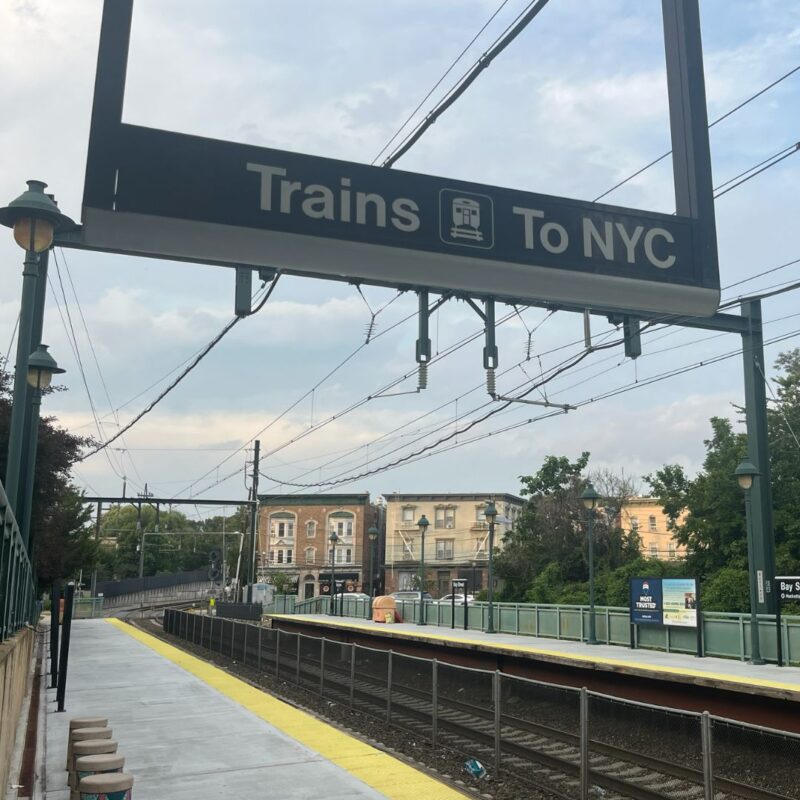
NJ TRANSIT + ADA-Accessibility
NJ TRANSIT serves as the Garden State’s public transportation corporation, covering a service area of 5,325 square miles. It is the nation’s third-largest provider of bus, rail, and light rail transit, linking major points in New Jersey, New York, and Philadelphia.
According to NJ TRANSIT, “The Americans with Disabilities Act of 1990 (ADA) is landmark federal legislation that opens up services and employment opportunities to the millions of Americans with disabilities. The ADA affects access to employment, state and local government programs and services, transportation, and access to places of public accommodation such as businesses, non-profit service providers, and telecommunications. NJ TRANSIT complies with Title II [State and Local Government Activities and Transportation], which prohibits discrimination against people with disabilities in the provision of its services. NJ TRANSIT complies with the requirements in Title II, including the requirements for accessibility of newly purchased and altered vehicles, the accessible design and construction of new and altered facilities, and the provision of paratransit service where local fixed-route bus or local rail service is provided.”
Read More: 11 Amtrak Train Trips via Newark Under 4 Hours
While not all NJ TRANSIT train stations are accessible, this means that any station built or remodeled after 1990 must comply with the Americans with Disabilities Act of 1990. As a result, various stations in North Jersey are accessible by elevator, ramp, mini high-level platform, or portable lift. All of these accessible stations throughout the state are viewable on this system map. The stations with elevators and their status can be viewed here. The accessibility section on the NJ TRANSIT website can be found here.
In the North Jersey area or NJDOT’s North Region, specifically the counties of Bergen, Essex, Hudson, Morris, Passaic, Union, and Warren, there are 99 commuter rail stations. There are 43 or 43.43% in this region that are ADA-accessible (one is under construction). The remaining 55.56% or 56 stations are not. At a minimum, a third of all stations in each county are ADA-accessible. Some counties with a small number of stations, like Hudson and Warren, are fully accessible.
Bergen County
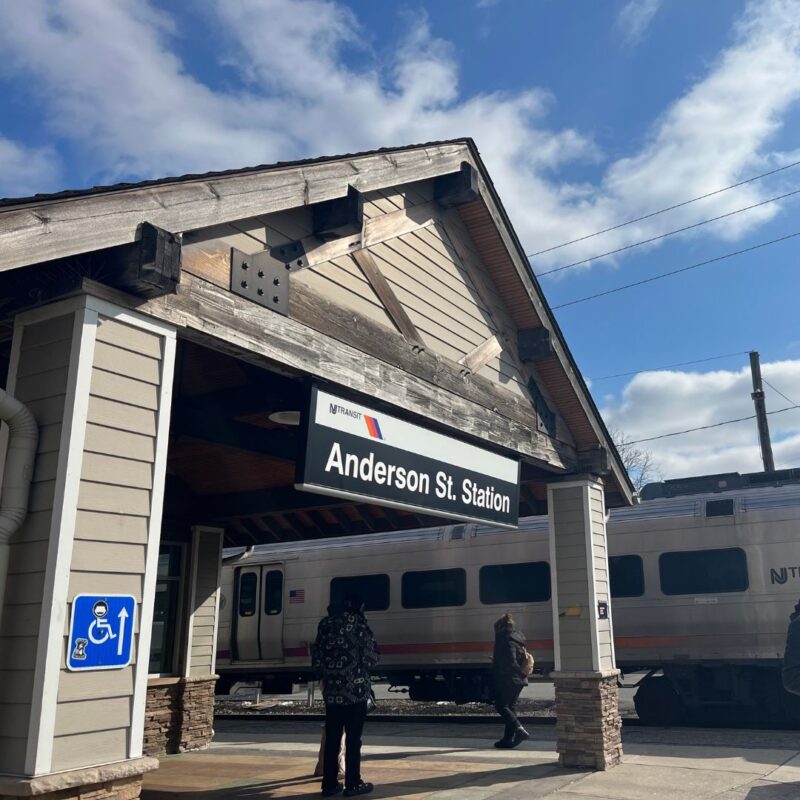
Bergen County, New Jersey’s most populated county, has 32 NJ TRANSIT stations. Of these stations, 12 or 37.5% are ADA-accessible, and only three, Ridgewood, Wesmont, and Ramsey Route 17, currently have an elevator. The Lyndhurst Station is undergoing a major renovation and upgrade, after which the station will be fully ADA accessible and include four elevators. The other open and ADA-accessible stations include Garfield’s Plauderville, Ramsey, Rutherford, Wesmont, Westwood, Montvale, Meadowlands, Hackensack’s Essex Street, Ridgewood, and Glen Rock Boro Hall.
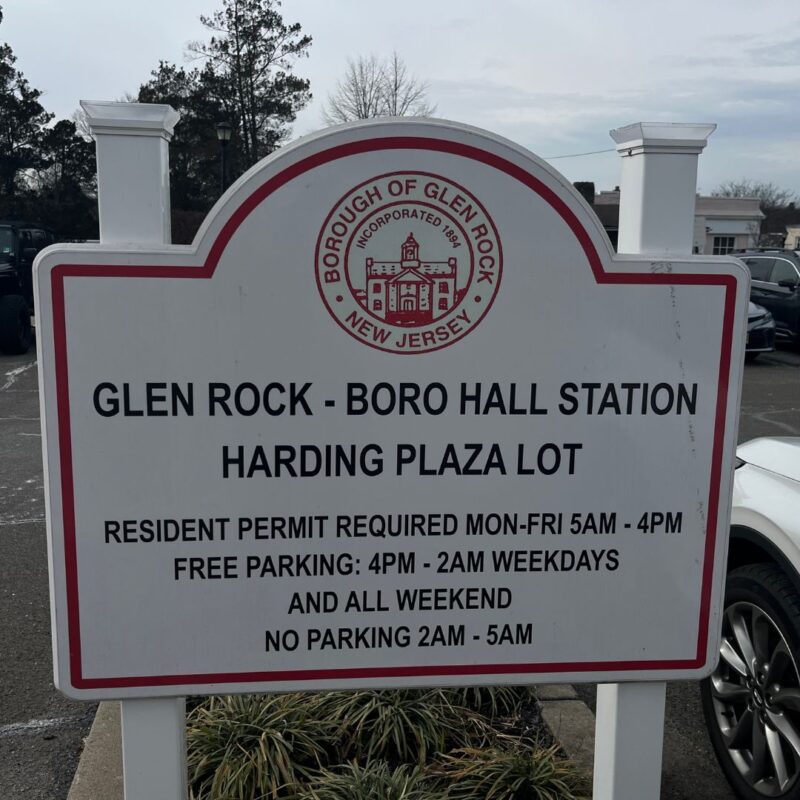
Twenty other stations, including Woodridge, Teterboro, Anderson Street, New Bridge Landing, River Edge, Oradell, Emerson, Hillsdale, Woodcliff Lake, Park Ridge, Mahwah, Allendale, Waldwick, Ho-Ho-Kaus, Radburn, Broadway, Garfield, Glen Rock Main Line, Hawthorne, and Kingsland, are not ADA-accessible.
Essex County
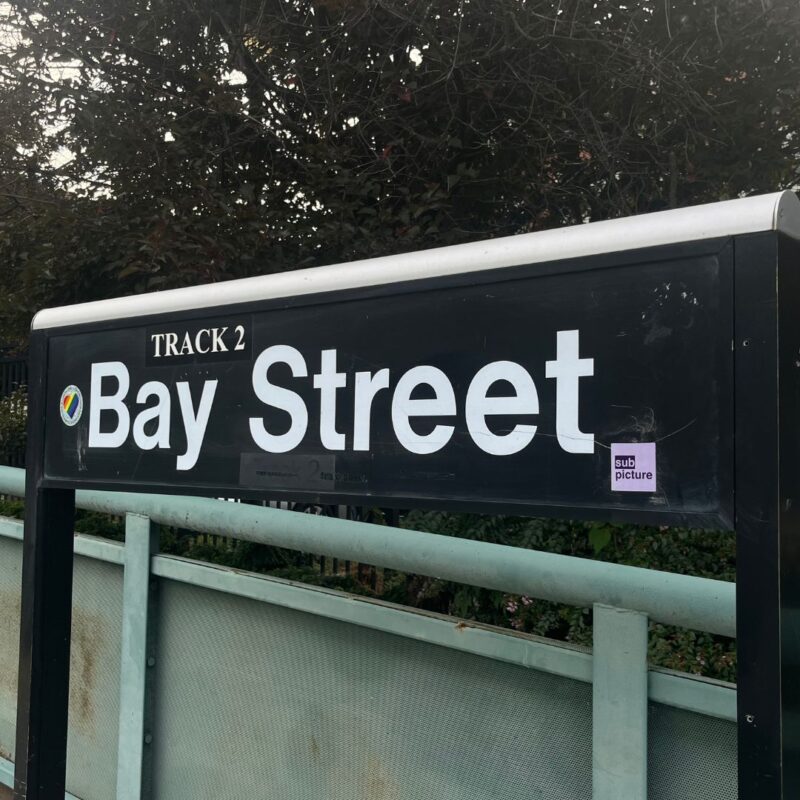
Essex County, the state’s third most populated county, is home to 21 NJ TRANSIT stations. In total, seven or 33.33% of this county’s stations are ADA accessible, including Montclair Heights, South Orange, Montclair’s Bay Street, Newark’s Broad Street, East Orange, Newark Penn, and Newark Airport. Elevators can also be found at all these stations besides Montclair Heights.
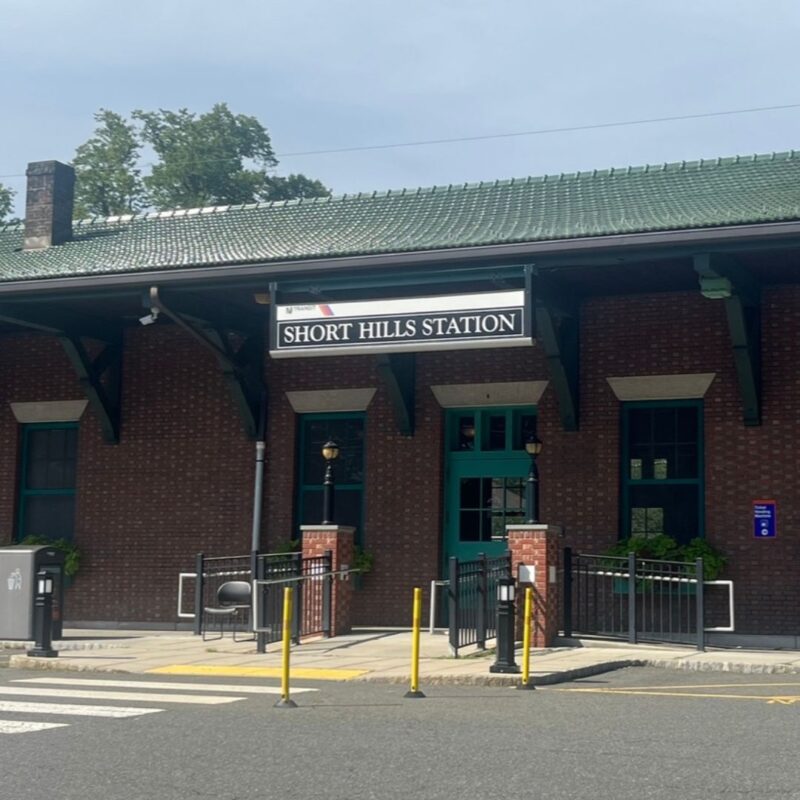
Newark Penn Station has service provided by NJ TRANSIT, Newark Light Rail, PATH, Amtrak, Greyhound, and Flixbus. The entrance of this station is equipped with an “ADA Push to Open” button. Newark Airport station allows customers to connect to Newark Liberty International Airport. There are 14 other stations in Essex County, but none of them are ADA-accessible. They are Maplewood, Mountain Station, Highland Avenue, Millburn, Short Hills, Orange, Brick Church, Watsessing, Bloomfield, Glen Ridge, Walnut Street, Watchung Avenue, Upper Montclair, and Mountain Avenue.
Hudson County

Hudson County has two NJ TRANSIT stations: Hoboken Terminal and Secaucus Junction. Both are ADA-accessible, and Secaucus Junction has elevator access. Secaucus Junction serves as a major transition point for various lines and for customers to transfer. Hoboken Terminal is the northernmost or easternmost terminus for lines like the Morristown, Gladstone, and the North Jersey Coast Line.
Morris County
The Montclair-Boonton, Morristown, and Gladstone lines all traverse through Morris County. In total, 19 stations are scattered throughout the county, but only 8 or 42.10% of them are ADA-accessible. The stations of Denville, Madison, Morristown, Dover, Mount Arlington, Mount Olive, Booton, and Montville’s Towaco are a part of the 47.61%. Elevator access can be found at Madison, Morristown, and Mount Arlington stations. There is no ADA access at Gillette, Striling, Millington, Lincoln Park, Mountain Lakes, Chatham, Morris Plains, Convent Station, Mount Tabor, Lake Hopatcong, or Netcong.
Passaic County
There are eight train stations in Passaic County, and 50% of them are accessible. The Wayne Route 23, Wayne’s Mountain View Way, Montclair State University, and Paterson stations are accessible. All stations, besides Paterson, were built after 1990 and in accordance with the Americans with Disabilities Act of 1990. The stations are handicapped accessible as the platform is fully elevated, and elevators or ramps are available in addition to stairs. Both Paterson and Montclair State University have elevators. At Paterson Station, passengers using the elevator must access the station on Ward Street. Delawanna, Passaic, Clifton, and Little Falls stations, also located in Passaic County, are not accessible.
Union County
Photo credit: Courtesy of Create + Align
Union County is home to 16 NJ TRANSIT stations and five train lines. In total, nine or 56.25% of the county’s stations are ADA-accessible. These are the Summit, Cranford, Rahway, Linden, Elizabeth, North Elizabeth, Union, Westfield, and Plainfield stations. All stations besides North Elizabeth and Linden have elevator access. There is no ADA access at New Providence, Murray Hill, Berkeley Heights, Roselle Park, Garwood, Fanwood, or Netherwood station.
Warren County
Bordering Pennsylvania and home to roughly 110,000 people, Warren County has 1 NJ TRANSIT station. Over 170 years ago, the first train left Hackettstown on January 16th, 1854. A century later, in 1966, along with dozens of other New Jersey stations, Hackettstown closed. Serving as the western terminus for the Montclair-Booton and the Morristown lines, this ADA-accessible station was reopened by NJ TRANSIT in 1994. There is only weekday services from Hackettstown.
What Stations Specifically Have Elevators?
There are twenty-two stations in the North Jersey counties of Bergen, Essex, Hudson, Morris, Passaic, Union, and Warren that have elevators. Elevator status can be viewed here. Union County has the most, with seven. They can be found at these stations: Cranford, Elizabeth, Plainfield, Rahway, Summit, Union, and Westfield. Essex County comes in second place with six elevators. They can be found at Montclair’s Bay Street, East Orange, Newark Airport, Newark’s Broad Street, Newark Penn, and South Orange. In total, Morris County has three elevators located at Madison, Morristown, and Mount Arlington stations. Passaic County has elevators at Montclair State University and Paterson station. Bergen County has three elevators at Ridgewood, Wesmont, and Ramsey Route 17 Station. There is one elevator in Hudson County at Secaucus Junction. There are no elevators in Warren County. In a short time, there will be 23 total stations and four in Bergen County with the completion of the Lyndhurst Station.
What Stations Have Bathrooms or Waiting Rooms?

There are over 100 station stops throughout New Jersey, but the number of stations with bathrooms is hard to count, not because there might not be a lot, but because the information is not accessible for riders. Back in the day, train stations had a lot going on inside them and even had station agents. Today, we typically use our phone or a machine to purchase our ticket and sit outside of the station waiting for the train. Some stations, especially the larger ones like Newark Penn, Newark Broad Street, Secaucus Junction, and Hoboken Terminal, are open to the public.
Other station stops might not have a bathroom, but some have partial structures that can shield riders from weather. When it comes to knowing which NJ TRANSIT stations have waiting rooms and bathrooms — it can be hard — there is nothing on the system’s website comprehensively detailing that information. Millburn’s Short Hills, Summit, Cranford, Morristown, Rahway, Ridgewood, and Elizabeth stations also have waiting rooms. It is also possible that stations with waiting rooms have bathrooms, but it is not always a guarantee.
There Is Still Much to Be Done
ADA-accessible stations that have access to wheelchairs and mobility devices may have tactile warning strips near tracks for those who are blind and visually impaired and ticket machines with Braille. Here, we stress the word “may” because there is no NJ TRANSIT map or resource guide for ADA accessibility besides handicap options. The accessibility map also does not specify if the stations have elevators, ramps, mini high-level platforms, or portable lifts.
There is a page on the NJ TRANSIT website detailing the status of elevators that provides customers with a list of stations. However, knowing if one will encounter ramps, mini high-level platforms, or portable lifts could be beneficial and provide customers with a better understanding of what options they have. There is also nothing detailing which stations have tactile warning strips, ticket machines with Braille, or oral announcements. The creation of an NJ TRANSIT resource guide that expanded more on the handicap accessibility options at each station and highlighted other accessibility measures would be extremely valuable for customers with needs.
At the moment, without a proper inventory or public-facing information on station features, customer service is failing. Making assumptions about the type of features at each station, even ADA ones is not beneficial, nor should it be the responsibility of the rider to hunt down information that should be more accessible. Many of the ADA stations have tactile warning strips, and one may assume all of them do, but that is not true. Union County’s North Elizabeth station, while being ADA accessible, has no tactile warning strips. This type of information was uncovered not from the NJ TRANSIT website but by looking at photos and videos of various stations online. These types of crucial details should be available directly from NJ TRANSIT and hopefully can be in the future.
There are also a variety of accessibility features at non-ADA stations that could be beneficial to certain populations, but since this information was only discoverable through in-person site visits and from media found online, it fails to serve its intended audience. For example, Montclair’s Walnut Street, a non-ADA-accessible station, has ticket machines with Braille but no tactile warning strips. It is also possible that every NJ TRANSIT station is now outfitted with the same machine, but without anything online confirming it, not making an assumption is best. Other stations, such as Clifton’s Delaware Station, have signage in Braille but no tactile warning strips. Millburn’s Short Hills Station even has three ramps into the station building but is not marked on NJ TRANSIT’s accessibility map because it has no handicapped access from the platform to the train. The Township of Millburn owns the station building and has completed ADA upgrades to the space, including the bathrooms. The station is also open for commuters to use and has a waiting room.
Knowing which station stops have publicly accessible stations for customers to enter, sit down, and use the bathroom if needed would be tremendous not only for riders with needs but also for anyone using NJ TRANSIT. The mix of accessibility features found at these stations might not fully assist someone, but at least having knowledge of what is offered allows customers to understand more of their options.
The Status of the Rest of the NJ TRANSIT Stations
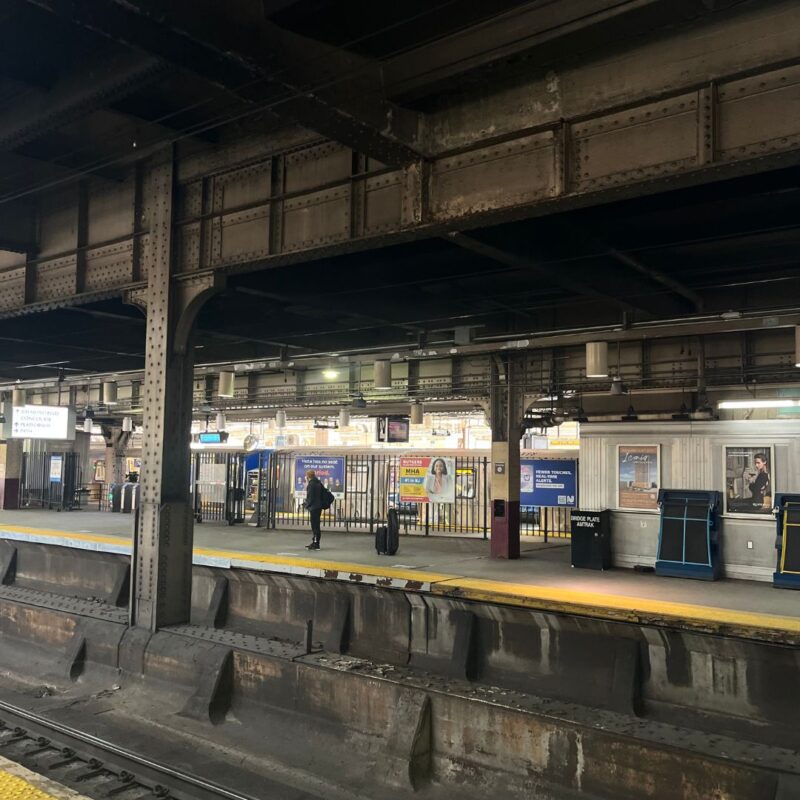
While Northern Jersey has ADA-accessible NJ TRANSIT stations, less than half can accommodate people with physical disabilities. This differs greatly from the status of stations in Southern Jersey or NJDOT’s South Region, specifically in the counties of Atlantic, Burlington, and Camden, where all 21 stations are ADA-accessible.
North Jersey is similar to Central Jersey or the Central Region in terms of the rate of ADA acceptability of NJ TRANSIT stations. This region contains Hunterdon, Mercer, Middlesex, Monmouth, and Ocean counties, which together have 47 stations, 23 of which are ADA-accessible.
Why is this? There are a variety of factors at play from the age of the station to track sharing to funding. NJ TRANSIT is relatively young when it comes to rail history in the Garden State. The first American railroad ever chartered was actually in New Jersey, but it was never built. Fifteen years later, the Camden and Amboy Railroad was chartered and opened for service in 1832. Almost a century and a half later, NJ TRANSIT was founded and assumed all commuter rail service in 1983.
The River Line, which runs through Central and Southern Jersey, is fully ADA-accessible because it opened in 2004. In Northern Jersey, of the 43 accessible stations, less than ten were built after 1990. The remaining accessible stations required updates to existing structures, such as ramp placements at Plainfield Station, which was first built in 1902, and elevator creation in 2004 at South Orange Station, then 88 years old.
For FY22-23, the U.S. Department of Transportation (USDOT) Federal Transit Administration (FTA) awarded $686 million in grants that will improve rail station accessibility nationwide. This was part of the inaugural program designed to improve the accessibility of transit rail stations to benefit those with wheelchairs, strollers, and other needs. Recipients included transportation authorities and cities in Connecticut, Illinois, Massachusetts, Maryland, New York, Ohio, Pennsylvania, Washington, and New Jersey.
NJ TRANSIT received almost 5% of the grant and was awarded funding for three separate projects, which look to improve the Pascack Valley Line, Morristown Line, and North Jersey Coast Line and target Hackensack’s Anderson Street, River Edge’s New Bridge Landing, Chatham, Orange, and Bradley Beach stations. The FY24 project grants awarded $343,000,000, with about 24% of it going to NJ TRANSIT to improve East Orange’s Brick Church. This federal funding will improve accessibility at seven NJ TRANSIT stations helping to one day increase the percentage of ADA stations in Northern Jersey to over 50%.
See More: Updates on NJ Transit’s Plan To Replace Clouded Train Windows
Even though the Americans with Disabilities Act of 1990 went into effect over 35 years ago, there are still hundreds of inaccessible transit stations across the country. This inclusive endeavor takes time, funding, and planning, and in the future, especially with the assistance of the federal government, more people can be served in the way they need. In the meantime, as these projects develop and are underway, we hope more comprehensive public-facing information on accessible station features can be created.

